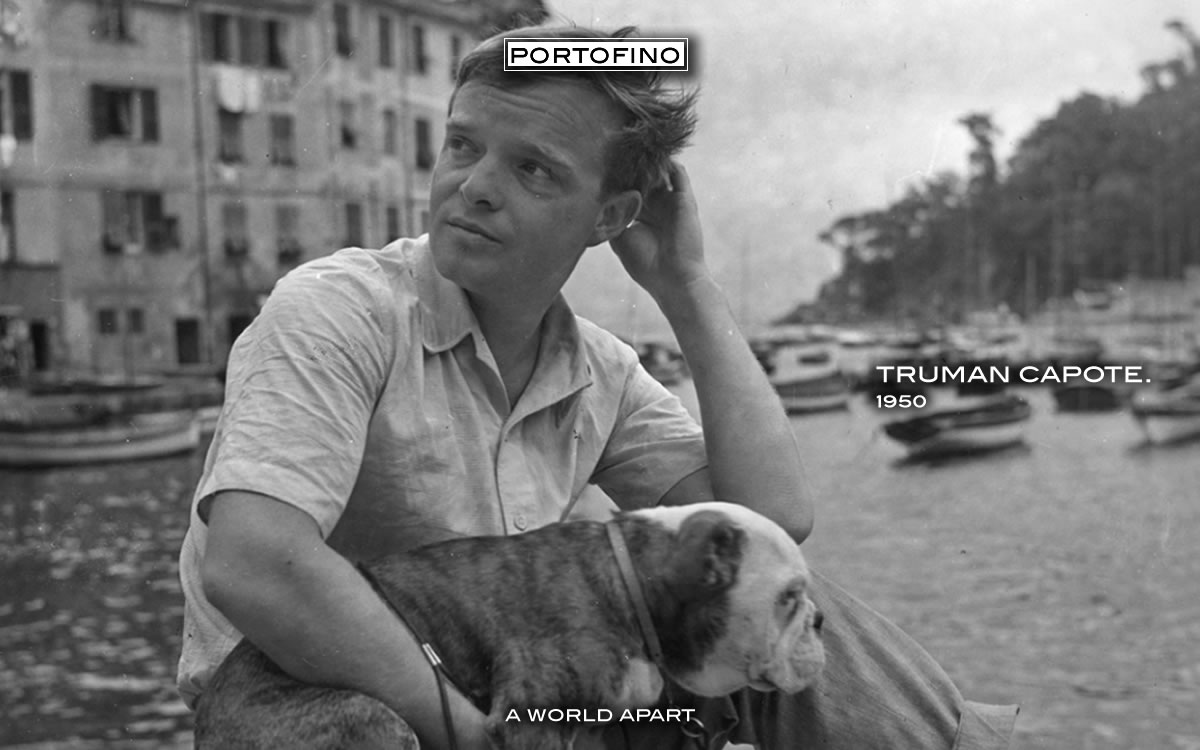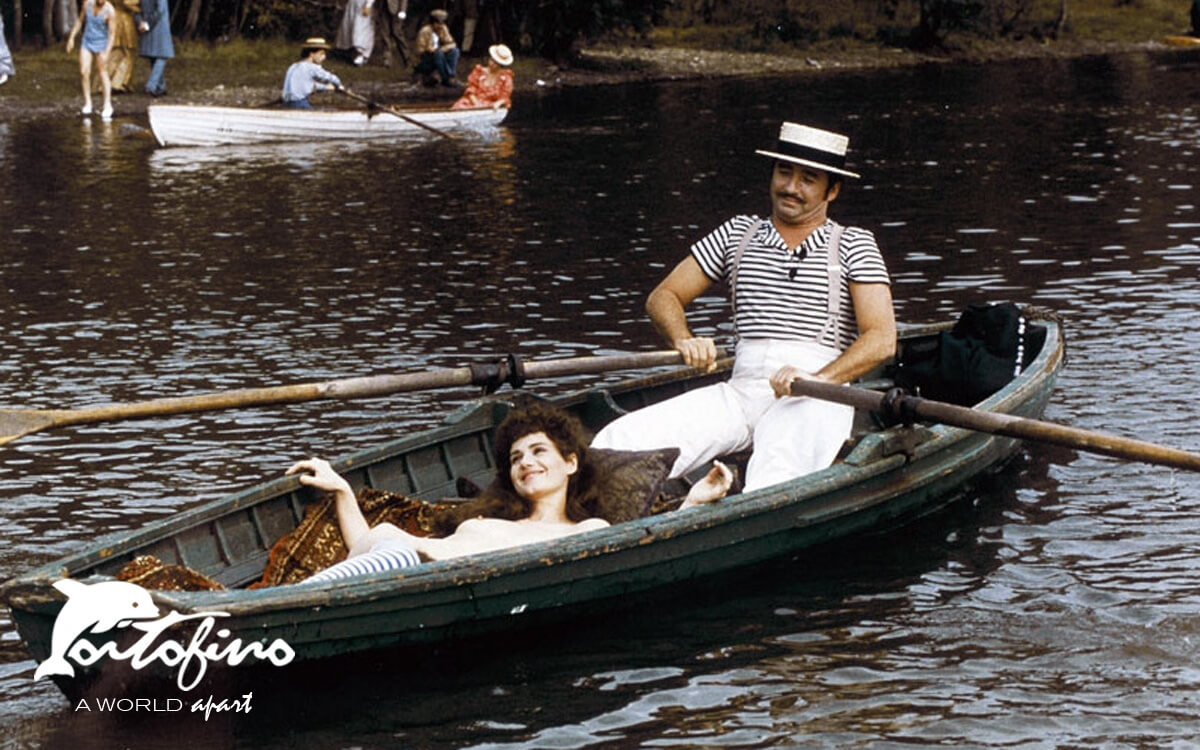Among his many recollections, Gotta loved to tell about his first “non arrival” in Portofino.
“I was in Santa Margherita visiting Pastonchi and maestro Giordano. In the afternoon we decided to take a walk and chatting while we walked, we arrived just beyond Paraggi. There, one of the two stopped to say after that point there’s a little fishing village, Portofino, it’s not worth the bother to go there, we can return”.
Some time passed, this time Gotta came to Portofino invited to the Splendido Hotel by Raffaele Calzini, already a famous journalist of the Corriere Della Sera.
It was then that Gotta ‘s love affair with Portofino began, for that’s exactly what it was.
He rented a house, the San Martino, which is a villa just beyond the Piccolo Hotel, where Hauptman, the German playwright, had stayed. In that period Gotta ‘s stays were for the most part in the summer, during the winter he returned to Milan, to his house on Via Boccaccio.
Calzini and Gotta began to write about Portofino in the newspapers and to bring it to the attention to the Italians who until that time had favoured other vacation shores such as Viareggio, Venezia, and Capri. You must remember that our riviera owed its reputation to the good winter climate. The vacations were primarily during the winter and the vacationers were primarily foreigners.
Furthermore, this colony of foreigners who had “discovered” Portofino did not love the idea of spreading the news of this spot. There was a sort of guarded jealousy of their elitist choice. It was like an exclusive club, very hesitant to accept new members except for the few Genoese who from business contacts had developed social relations with the English and thus were able to penetrate the social circle.
Now, Gotta was breaking, if you will, the little court with his mission of publicizing the area.
During the second world war Gotta moved definitively to Portofino together with his wife Adelina and her elderly mother. His only son Massimo was an official in the Savoia Cavalleria and was one of the protagonists of the famous Russian charge.
Gotta lived together with other friends in a house that came to be called the “Alcazar” which was then destroyed in bombardments. Several Portofinians died as a result of these bombardments. Gotta then moved again to San Giuseppe in a one room house with his wife and mother-in-law.
Some episodes from this period are narrated in “Macerie a Portofino” (the Ruins of Portofino) written right after the war.
After the passing of the great storm of war he rented another house with a garden in the center of town called “Villino Aranci”. From then on he distanced himself from Portofino less and less until he finally left his apartment in Milan for good.
He assumed the office of president of the newly formed “Azienda di Soggiorno”. He executed the duties of this office with great distinction for many years but sadly left it when its politicizing became unbearable.
In the 1950’s, the boom years for Portofino, Gotta undoubtedly contributed to the growth of tourism and to the international reputation of Portofino.
We remembered him seated at the Excelsior Cafè, with his perennial Bitter Campari and with his many friends from the world of literature, journalism, and cinema. Among them were; Laura Adani, Renzo Ricci, Eva Magni, Luchino Visconti, the designer Biki, Fosca Leonardi, Giovanni Mosca, Orio Vergani, his editor Arnoldo Mondadori, and Mario Crespi owner of the newspaper Corriere Della Sera.
But in the long winters, the “commander”, as the Portofinians always called him, loved to talk with the sailors and fishermen, tell them his stories and listen to theirs, a Portofinian among Portofinians.
In this much beloved refuge he would continue to write until his last days, the many books and newspaper articles in which he spoke of Portofino.
In the memorial of the church of San Giorgio, above the entrance to the little cemetery that faces the sea, a sign commemorating him reads: ‘Salvator Gotta loved and lived Portofino”.Among his many recollections, Gotta loved to tell about his first “non arrival” in Portofino.
“I was in Santa Margherita visiting Pastonchi and maestro Giordano. In the afternoon we decided to take a walk and chatting while we walked, we arrived just beyond Paraggi. There, one of the two stopped to say after that point there’s a little fishing village, Portofino, it’s not worth the bother to go there, we can return”. Some time passed, this time Gotta came to Portofino invited to the Splendido Hotel by Raffaele Calzini, already a famous journalist of the Corriere Della Sera.
Continue to Read:
Salvator Gotta loved and lived Portofino.1347 words, 5:23 mins reading time





